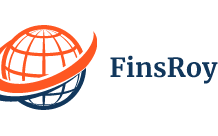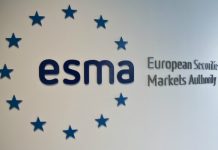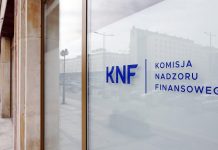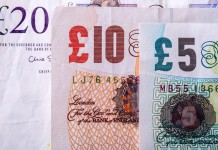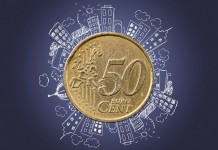Swiss franc has largest one day rise in 2½ years
 The seemingly inevitable conflict between the U.S. and North Korea came a step closer yesterday as Pyongyang confirmed it intention to launch four missiles that will fly over Japan and land in the sea just 30km from the U.S. territory of Guam.
The seemingly inevitable conflict between the U.S. and North Korea came a step closer yesterday as Pyongyang confirmed it intention to launch four missiles that will fly over Japan and land in the sea just 30km from the U.S. territory of Guam.
This brought a stinging response from Secretary of Defense James Mattis who said than North Korean President Kim Jong-un risks regime change and the destruction of his people if he continues its current path.
The Swiss Franc caught up with the Japanese Yen as risk was taken firmly off the table as events on the Korean Peninsula continue to escalate. It had it biggest one-day move since the removal of the peg in January 2015. It rose by 1.5% against the dollar and by a similar amount against the common currency. The JPY remains around the 110 level having risen by close to 4.5% in a little over a week.
Any further escalation of tension or a military intervention or conflict will bring further turmoil to markets that had become used to rhetoric but had been prepared to consider President Kim as little more than a “pantomime villain” not to be taken too seriously.
U.K. growth and activity data to be released
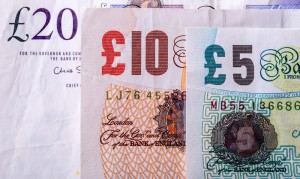 It will surprise no one that today’s release of growth data for July together with activity numbers will illustrate an economy that is beginning to stall. Today the NIESR an independent think tank will release its monthly report on GDP and it is likely that it will show a 0.2% rise. This follows June’s 0.3% increase.
It will surprise no one that today’s release of growth data for July together with activity numbers will illustrate an economy that is beginning to stall. Today the NIESR an independent think tank will release its monthly report on GDP and it is likely that it will show a 0.2% rise. This follows June’s 0.3% increase.
There is no doubt that activity is slowing as concerns over Brexit lead businesses to cut investment as uncertainty remains. Business investment as well as consumer activity have been slowing over the past few months as concerns grow. The basics of Brexit are far from agreed and although it is now generally accepted that there will be a transition period, no such proposal has been put to Brussels far less agreed.
Today will also see manufacturing activity and industrial production data released. Industrial production is expected to have grown by 0.1% following June’s 0.1% fall. Manufacturing is likely to have been flat after last month’s fall. The data will confirm the actions of the MPC and will illustrate the need to have an accommodative monetary policy for some time to come.
Trend intact as Euro sees shallow correction
 The currency market has seen plenty of activity over the summer period but it has passed by the Euro that has stalled a little in its seeming unstoppable rise towards 1.2000.
The currency market has seen plenty of activity over the summer period but it has passed by the Euro that has stalled a little in its seeming unstoppable rise towards 1.2000.
The monetary policy and activity issues facing the U.K. and U.S. have allowed the single currency to consolidate the political and economic improvements that have been a constant of the first half of the year.
Growth is returning to the entire region, inflation is benign driven by the stronger currency and most indices of activity are showing steady improvement.
Having reached just above 1.1900, the single currency has suffered a shallow correction within its main trend as weak longs have sought a better level to buy back in. Longer term a continued rise will affect exports as was seen in Germany this week.
Sentiment can only drive the currency so far and a lack of any tightening of monetary policy will eventually lead to a wider correction. This is particularly true if recent improvements in employment data are mirrored in the rest of the U.S. economy. A further rate hike in 2017 could see the common currency fall back to test major support at 1.1320.



